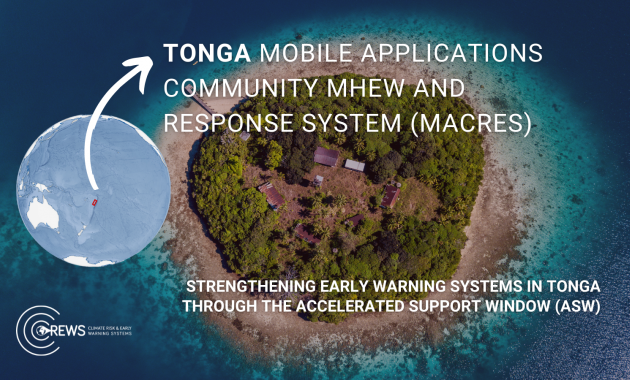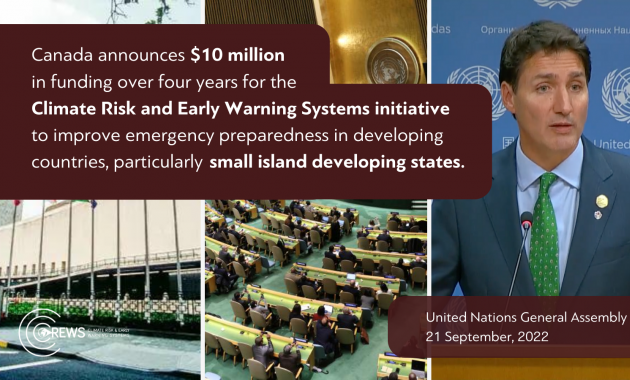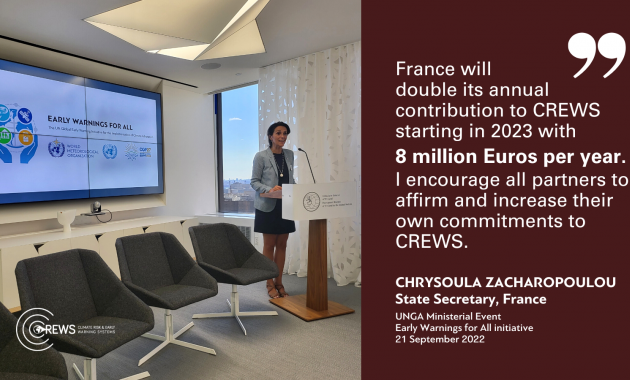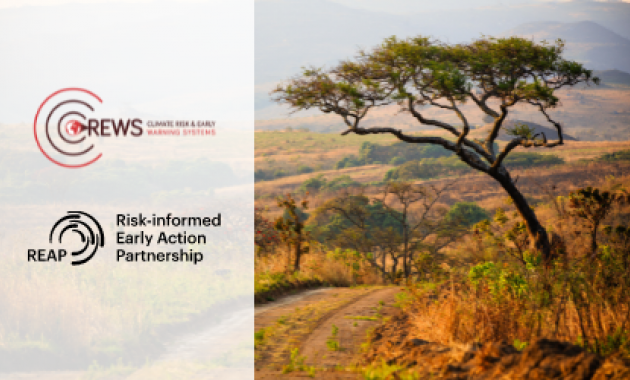Overview
The World Health Organization (WHO) Technical guidance notes on Sendai Framework reporting by ministries of health aims to guide the health sector, in particular ministries of health, on their role in collecting and reporting data that are relevant for the Sendai Framework targets and other related frameworks, such as the Sustainable Development Goals (SDGs). The Guidance Notes comprise an overview and specific guidance notes for each of the seven Sendai Framework targets.
The Guidance Notes seek to help operationalize, simplify and standardize the collection and reporting of data through the application of common language and methods. They provide information on the key issues to take into account in the collection of health data and the types of data that should be collated, and potential stakeholders to engage with. They adapt and complement the UNDRR/UNISDR Technical guidance for monitoring and reporting on progress in achieving the global targets of the Sendai Framework for Disaster Risk Reduction, which has a multisectoral target audience.
The Sendai Framework for Disaster Risk Reduction was adopted by 187 UN Member States in 2015 and forms part of the 2030 Agenda for Sustainable Development. Natural, technological, environmental and biological hazards (e.g. infectious diseases) are all within the scope of the Sendai Framework and its monitoring and reporting process. The Sendai Framework guides countries towards enhancing their capacities to reduce risks and consequences of hazardous events at all scales and across all sectors. It exemplifies “health in all policies” as there are more than 30 specific references to health in the Sendai Framework and many priority actions which can be taken by health and other sectors aimed at improving outcomes for health and well-being for people at risk of emergencies and disasters. The focus on health is reinforced by:
- the Sendai Framework expected outcome of a “substantial reduction of disaster risk and losses in live, livelihoods and health…”; and u
- the Sendai Framework goal to “prevent new and reduce existing disaster risk through the implementation of integrated and inclusive economic, structural, legal, social, health, cultural, educational, environmental, technological, political and institutional measures that prevent and reduce hazard exposure and vulnerability to disaster, increase preparedness for response and recovery, and thus strengthen resilience”.
Ministries of health hold vital information that supports national reporting against the seven Sendai Framework global Targets (A–G) and many of the associated 38 indicators. Sendai Framework indicators related to mortality and the number of people affected are also included as indicators for the Sustainable Development Goals (SDGs) and the 13th WHO General Programme of Work (GPW13).
Measuring to what extent health is affected by hazardous events, including emergencies and disasters, is a complex task but essential to reducing risks and mitigating the effects of future events through effective and efficient health emergency and disaster risk management (Health EDRM). The WHO Health EDRM Framework describes the wide range of capacities in health and other sectors that are needed at all levels of society to effectively reduce the health risks and consequences of all types of hazardous events, emergencies and disasters. Deaths, injuries, diseases, disabilities, psychosocial problems and other health impacts can be avoided or reduced by emergency and disaster risk management measures involving health and other sectors.
Assessing health impacts and changes in capacities in health and other sectors is important to monitoring and reporting progress in implementing Health EDRM, the Sendai Framework, SDGs, International Health Regulations (IHR) (2005) and the Paris Agreement on Climate Change. Health can be expected to make key inputs to four health-specific indicators: on mortality (A-2); people injured and ill (B-2); damage and destruction of health facilities (D-2); and disruption to basic health services (D-7). Health data and inputs are relevant to a further 22 indicators and described in more detail in the World Health Organization (WHO) Technical guidance notes on Sendai Framework reporting for ministries of health, which aims to guide the health sector, in particular ministries of health, on their role in collecting and reporting data that are relevant for the Sendai Framework targets.









